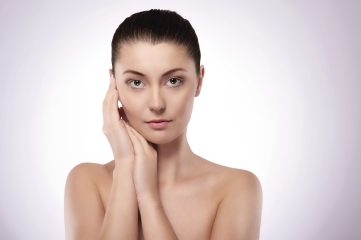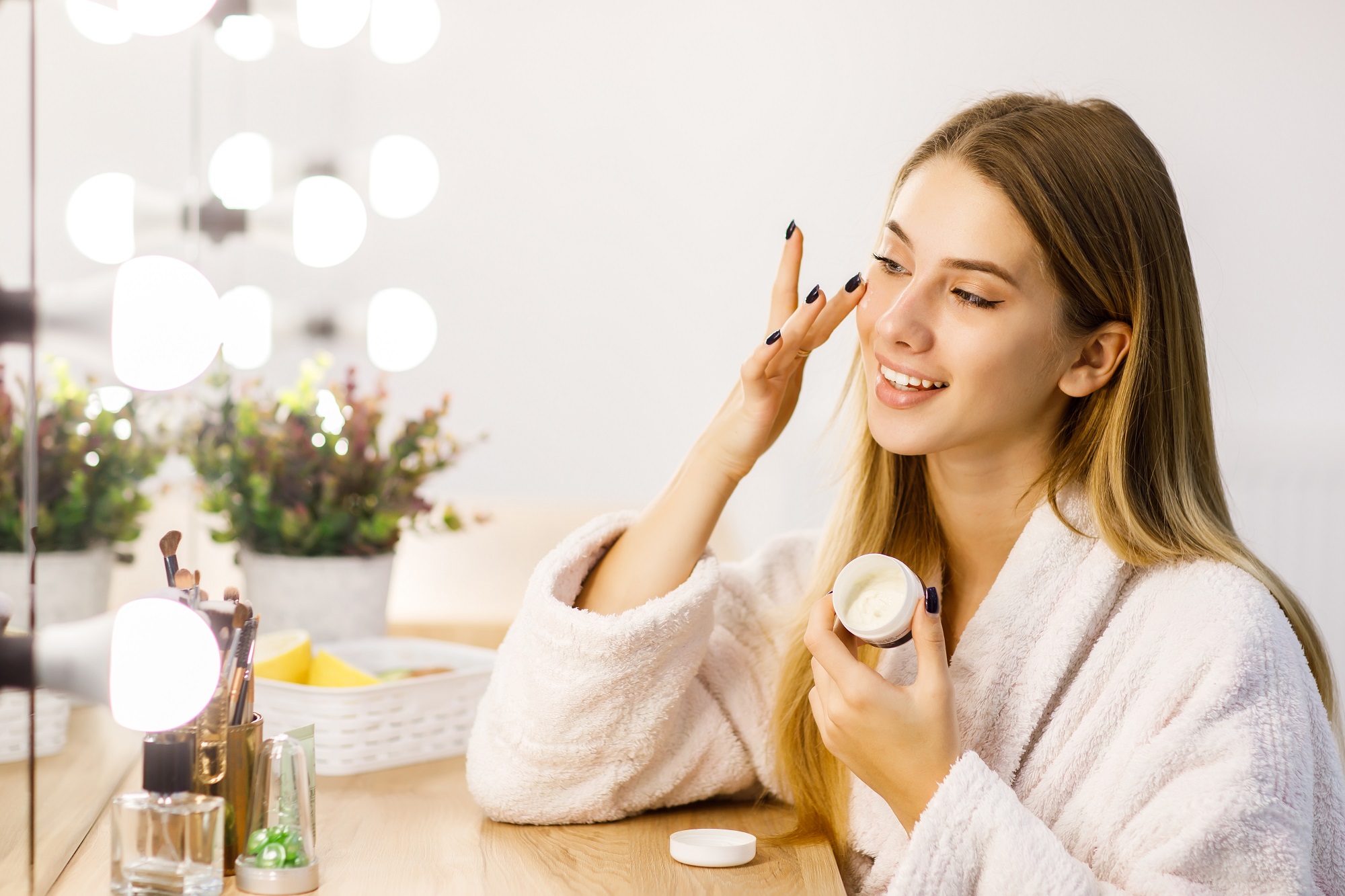Understanding Skin Fasting: What Is It?
In recent years, the concept of skin fasting has gained popularity as a novel approach to skincare. Skin fasting involves taking a break from your regular skincare routine to allow your skin to reset and restore its natural balance. This practice challenges the conventional belief that a multitude of products is necessary for healthy skin, suggesting instead that scaling back allows your skin to breathe and function on its own.
By reducing or eliminating skincare products, skin fasting aims to help your skin naturally regulate oil production and shed dead skin cells without interference. It can also assist in identifying which products are truly beneficial or potentially harmful. Proponents argue that, similar to food fasting, this method can detoxify and rejuvenate your complexion much like a red carpet facial designed to restore radiance and glow.
However, skin fasting doesn’t mean neglecting your skin entirely. Basic hygiene practices, such as cleansing and moisturizing, remain essential. The goal is to simplify your routine and focus on what your skin genuinely needs. Through skin fasting, you might discover a more balanced and efficient way to care for your skin.
The Science Behind Skin Fasting
Skin fasting is based on the skin’s natural ability to maintain and repair itself. As a complex organ, it has built-in mechanisms for protection and regeneration. Overusing products can disrupt these processes, creating dependency on external care while treatments like whitening injections are often sought for enhancing skin tone alongside natural methods.

Skin fasting is based on the idea that reducing product use can help rebalance the skin’s microbiome and sebum production. A healthy skin microbiome is crucial for defending against pathogens and inflammation. Allowing your skin to function without constant interference may lead to improvements in clarity and texture.
Additionally, skin fasting can help assess which products are truly beneficial. By temporarily eliminating them, you can identify potential irritants and build a more personalized routine tailored to your skin’s specific needs, while treatments like hydrafacial can complement this process by providing deep cleansing and rejuvenation.
Benefits of Skin Fasting for Your Skin
One of the main benefits of skin fasting is the potential improvement in overall skin health. By reducing product overload, you allow your skin to recalibrate and strengthen its natural barrier, leading to a more resilient complexion that can better defend against environmental stressors.
Skin fasting may also improve skin texture and clarity. With fewer products interfering, you might notice reduced breakouts and a more even skin tone. This approach can be especially helpful for sensitive or reactive skin, as it lowers the risk of irritation from unnecessary ingredients.
Another advantage is cost savings. A simplified routine often means buying fewer products, allowing you to invest in high-quality essentials that truly benefit your skin. The process also encourages you to learn new skills—such as identifying your skin’s natural signals, understanding ingredient lists, and practicing mindful skincare habits that build long-term benefits.
How to Safely Practice Skin Fasting
To safely practice skin fasting, it’s important to approach the process gradually. Abruptly stopping all skincare products can cause adverse reactions, especially if your skin is used to active ingredients. Instead, follow these steps:
- Evaluate Your Current Routine: Identify the products you use daily and categorize them based on necessity. Start by eliminating non-essential items, such as serums or treatments, while maintaining a basic routine with a gentle cleanser and moisturizer.
- Introducing Fasting Periods: Implement fasting periods where you further reduce product use. For example, begin with one or two days a week where you only cleanse and moisturize, gradually increasing the duration as your skin adjusts.
- Monitor Your Skin’s Response: Pay close attention to how your skin reacts during fasting periods. Look for signs of improvement or distress and be ready to reintroduce products if necessary. It’s crucial to listen to your skin and adjust your approach accordingly.
By easing into the process and listening to your skin, you can explore the benefits of skin fasting while minimizing potential risks.

Common Myths About Skin Fasting
Despite its growing popularity, skin fasting is surrounded by several myths that can lead to misunderstandings. A common misconception is that it means completely abandoning all skincare products, including cleansing. In reality, skin fasting focuses on reducing non-essential products—not neglecting basic care.
Another myth is that skin fasting leads to immediate, dramatic results. While some may notice benefits quickly, others may take longer. Patience and consistency are key, as the process varies from person to person.
It’s also a myth that skin fasting suits everyone. People with specific skin conditions like acne or eczema may still need targeted treatments. It’s important to consider your skin’s unique needs before starting.
Skin Fasting vs. Traditional Skincare Routines
Skin fasting is different from traditional skincare routines, which often include many steps and products aimed at concerns like aging or acne. These routines usually rely on active ingredients and treatments to get specific results.
In comparison, skin fasting encourages minimalism and allows the skin to rely on its natural healing and protective abilities. While traditional routines can be effective, they may sometimes cause product dependency or disrupt the skin’s natural balance.
Choosing between the two approaches depends on your skin goals and personal preferences. Many people find that a combination works best—using fasting periods within a broader routine. Ultimately, the best approach is the one that keeps your skin healthy and balanced.

Conclusion
Skin fasting can be a helpful way to simplify your routine and let your skin’s natural balance recover. It allows you to identify what your skin truly needs while reducing product overload. However, it’s important to proceed gradually and pay attention to your skin’s reactions, as this approach isn’t suitable for everyone.
Consult a skincare expert if needed and start by slowly cutting back on products to see how your skin responds. Finding what works best for you is key to achieving healthy, radiant skin.
